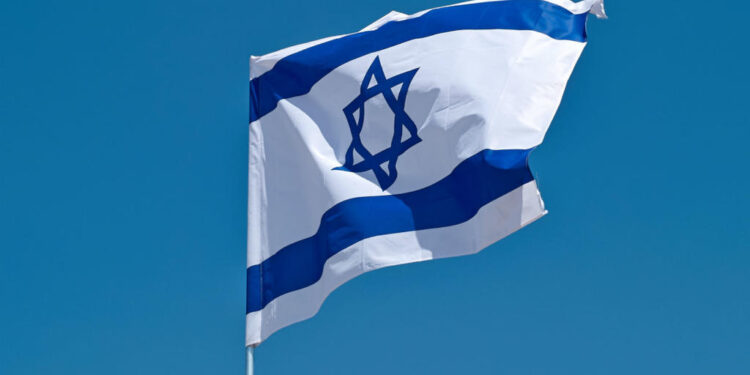Israel has announced an expansion of its military efforts, shifting focus from its nearly year-long campaign against Hamas in Gaza to confront Hezbollah along its northern border with Lebanon. The move marks a significant development in the conflict, which until now had been concentrated primarily in Gaza.
This escalation comes as U.S. Secretary of State Antony Blinken prepares to return to the region later this week to push for renewed ceasefire talks between Israel and Hamas in Gaza.
Initially, Israel’s military objectives were focused on dismantling Hamas and securing the release of hostages captured by Palestinian militants during the deadly October 7 attacks that sparked the ongoing conflict. However, rising tensions along the northern border, where exchanges of fire between Israeli troops and Hezbollah militants have escalated, have led to widespread displacement on both sides.
A statement from Israeli Prime Minister Benjamin Netanyahu’s office on Tuesday confirmed the updated war goals, adding that one of the new objectives is to ensure the safe return of Israeli residents in the north to their homes.
Although the conflict with Hezbollah has not been officially declared a war, fighting has claimed hundreds of lives, including both fighters in Lebanon and civilians and soldiers in Israel.
Israeli Defense Minister Yoav Gallant emphasized on Monday that military action is now seen as the only way to secure the return of Israel’s northern communities. Hezbollah, an ally of Hamas, has claimed responsibility for multiple attacks on Israeli positions in recent days, with Israeli airstrikes killing several Hezbollah members in retaliation.
Hezbollah’s deputy leader, Naim Qassem, stated over the weekend that the group does not seek full-scale war but warned that any escalation would result in “large losses on both sides.”
As Israel expands its war effort, experts believe the move may be intended to create a “buffer zone” in southern Lebanon. Michael Horowitz of security consultancy Le Beck International suggested that Israel is seeking to establish a defensive perimeter to safeguard its northern region.
Meanwhile, the United States continues to push for a ceasefire in Gaza, though efforts have so far been unsuccessful. Blinken is expected to visit Egypt this week to discuss a potential agreement that could include the release of hostages and measures to ease Palestinian suffering while contributing to broader regional stability.
Tensions remain high following the October 7 attack by Palestinian militants, which resulted in the deaths of 1,205 people in southern Israel and the capture of 251 hostages. Israeli forces have responded with airstrikes, resulting in over 41,000 casualties in Gaza, according to Hamas authorities. Negotiations for a ceasefire have faced challenges, particularly as Israeli Prime Minister Netanyahu insists on maintaining a military presence along the Egypt-Gaza border.
The United Nations General Assembly also debated a draft resolution on Tuesday calling for an end to the Israeli occupation of Palestinian territories within 12 months. Though non-binding, the resolution has drawn condemnation from Israel, which described the proposal as “disgraceful.”
As Israeli airstrikes continued overnight in Gaza, killing at least seven people, Gazans expressed despair over the ongoing violence. “This war has destroyed our lives in every possible way—mentally, physically, socially, and emotionally,” said Ola Halilo, a displaced woman in Gaza. “It has separated us from our loved ones and destroyed everything beautiful in our lives.”
























